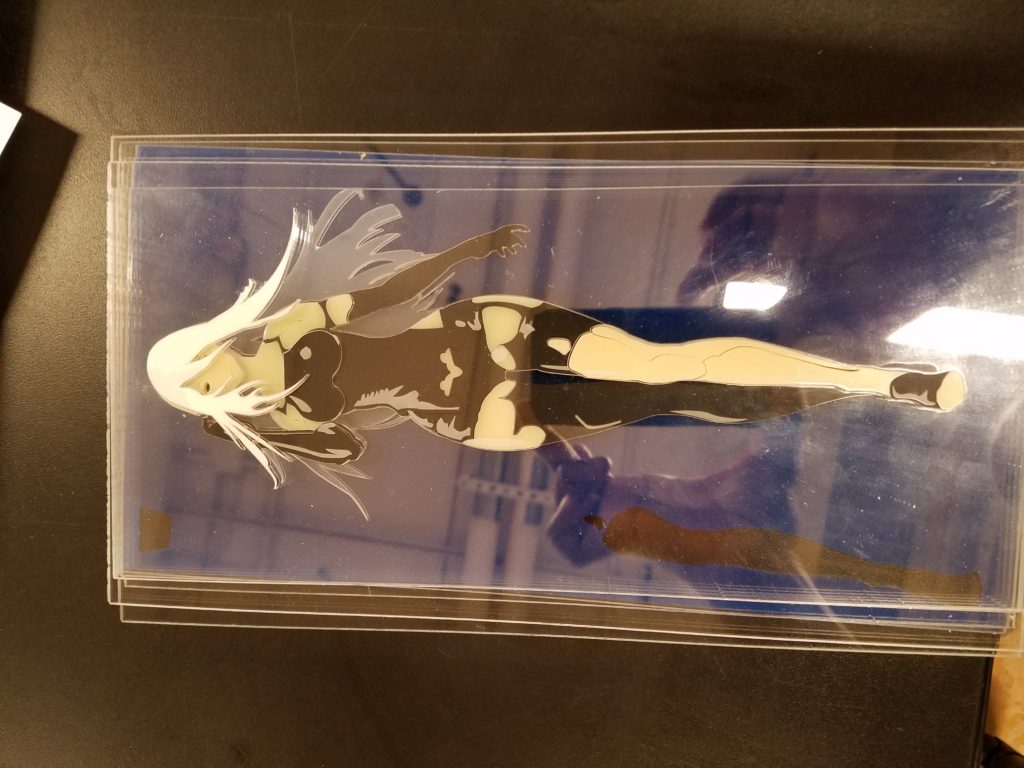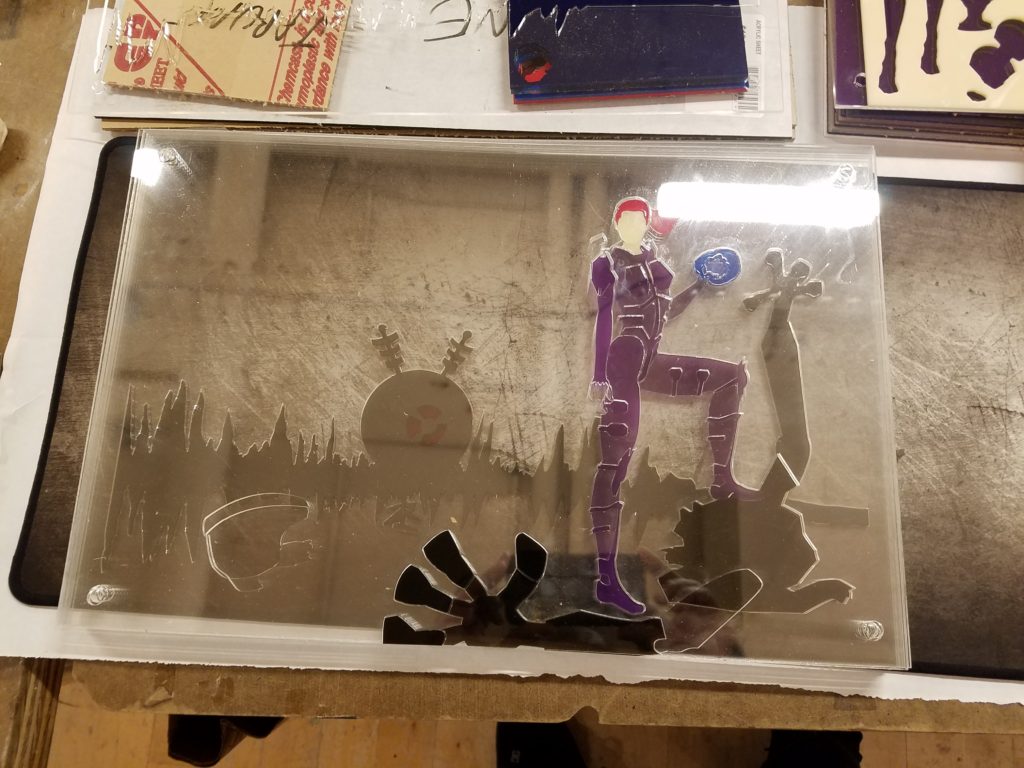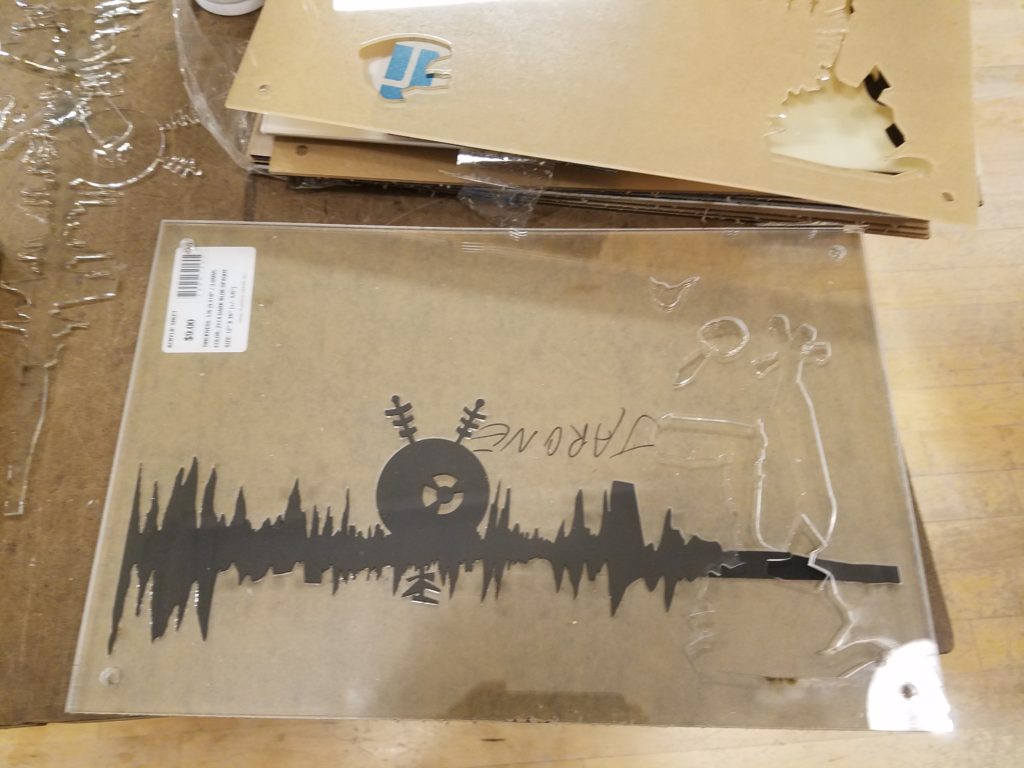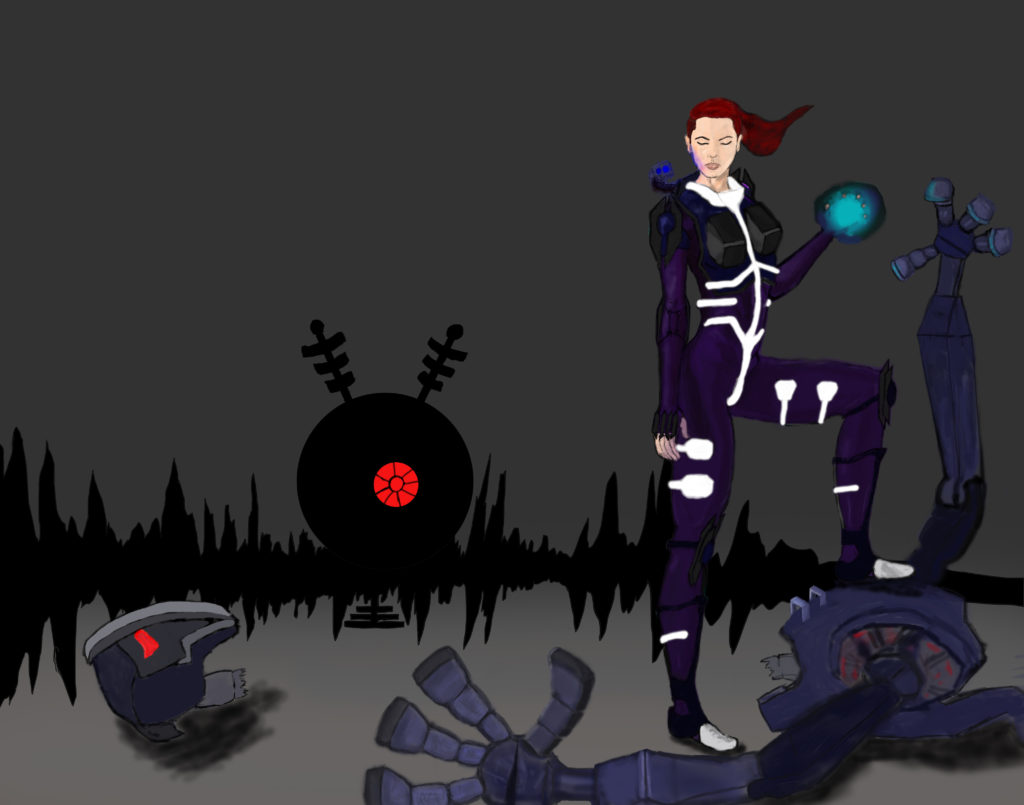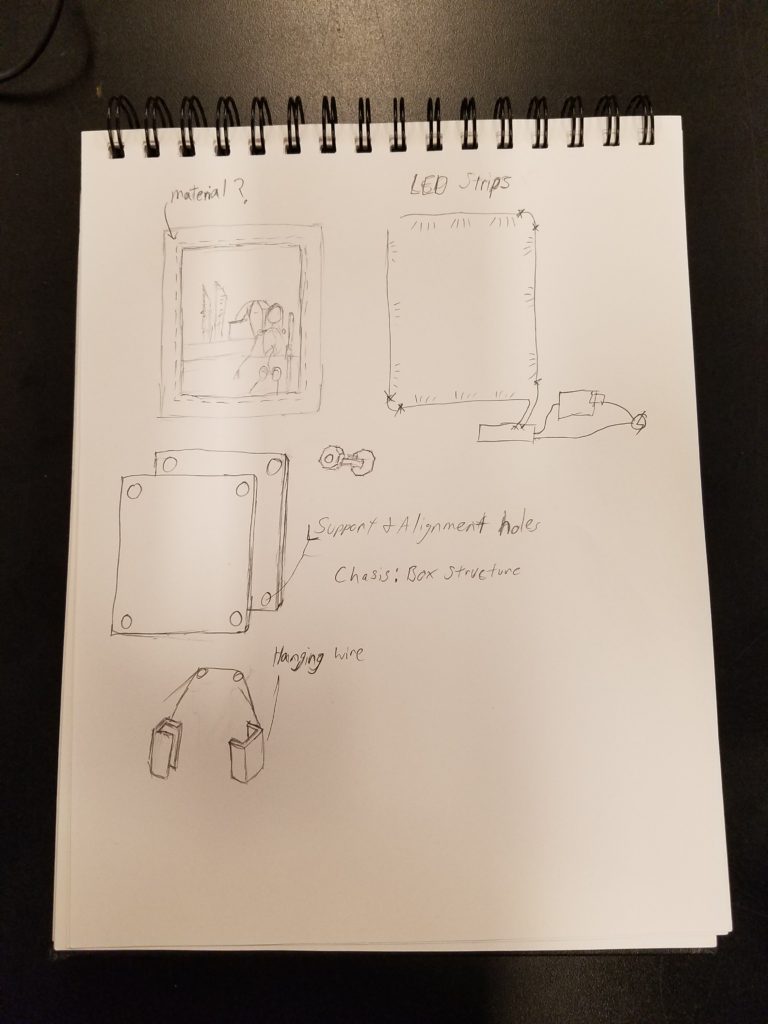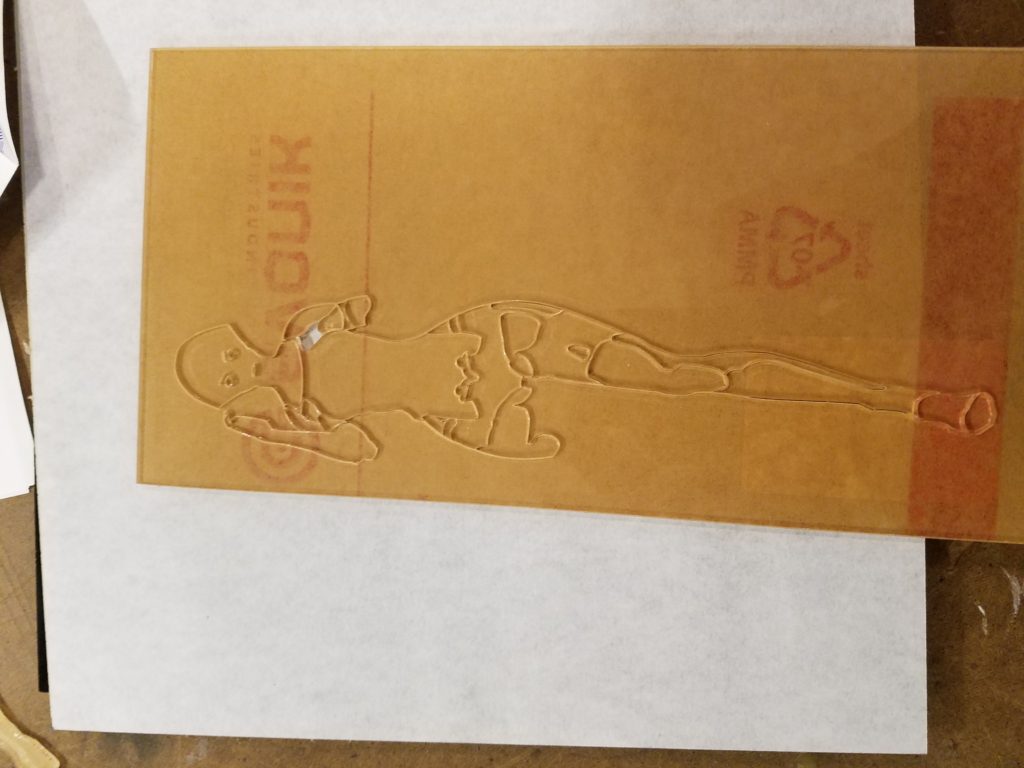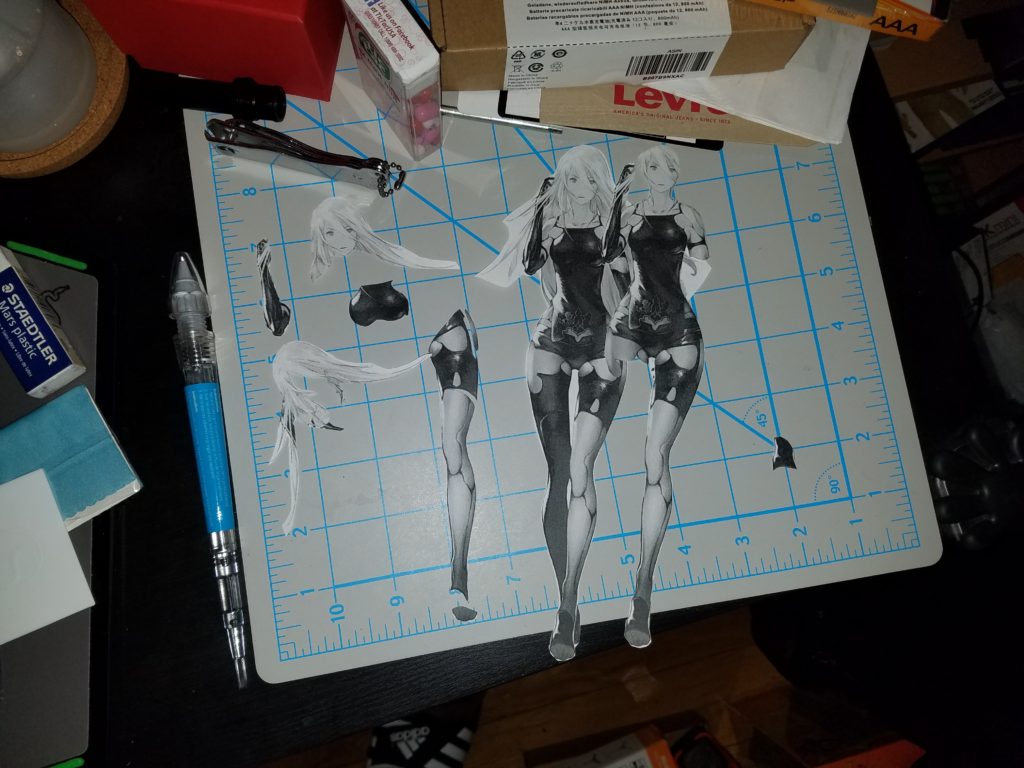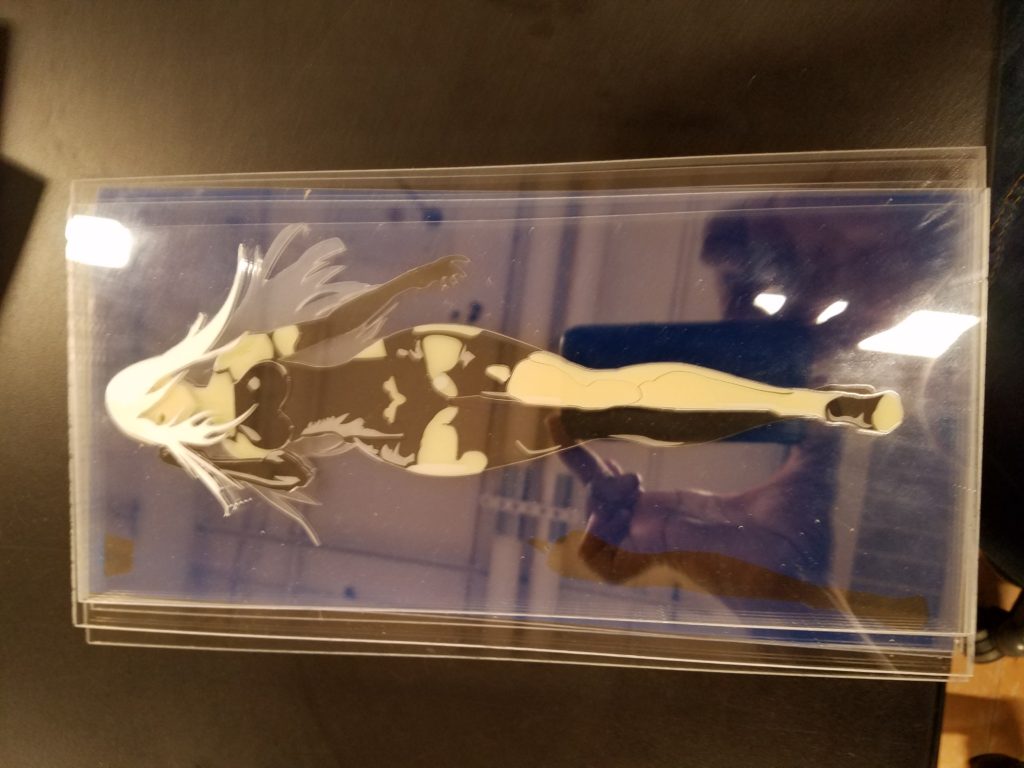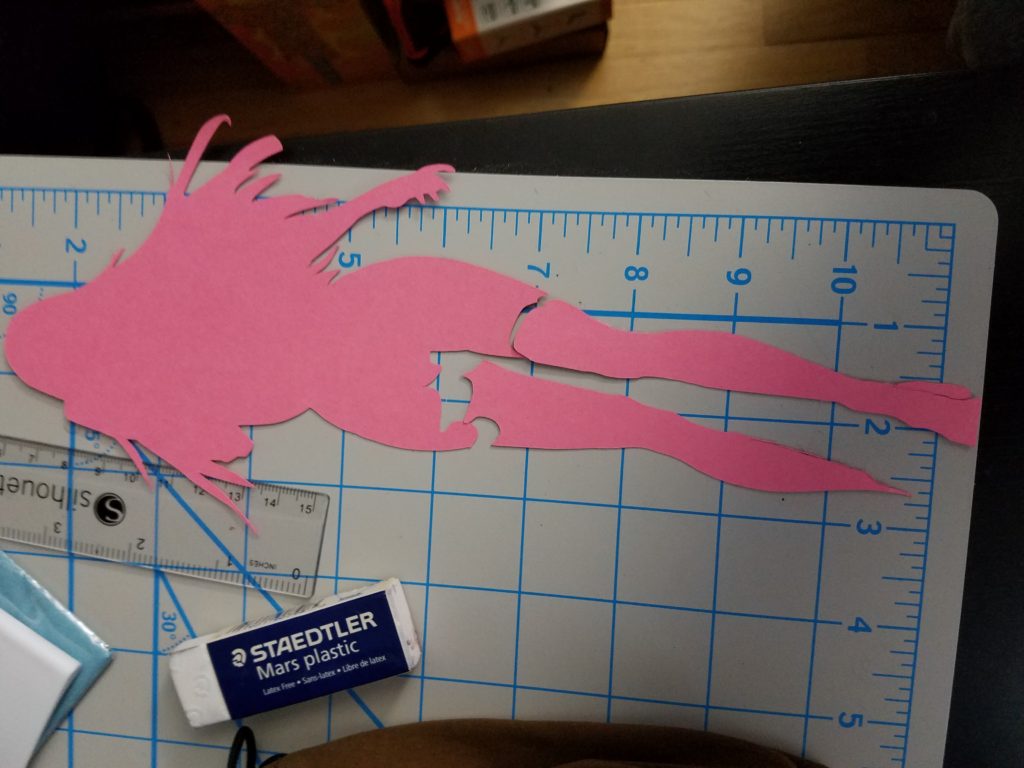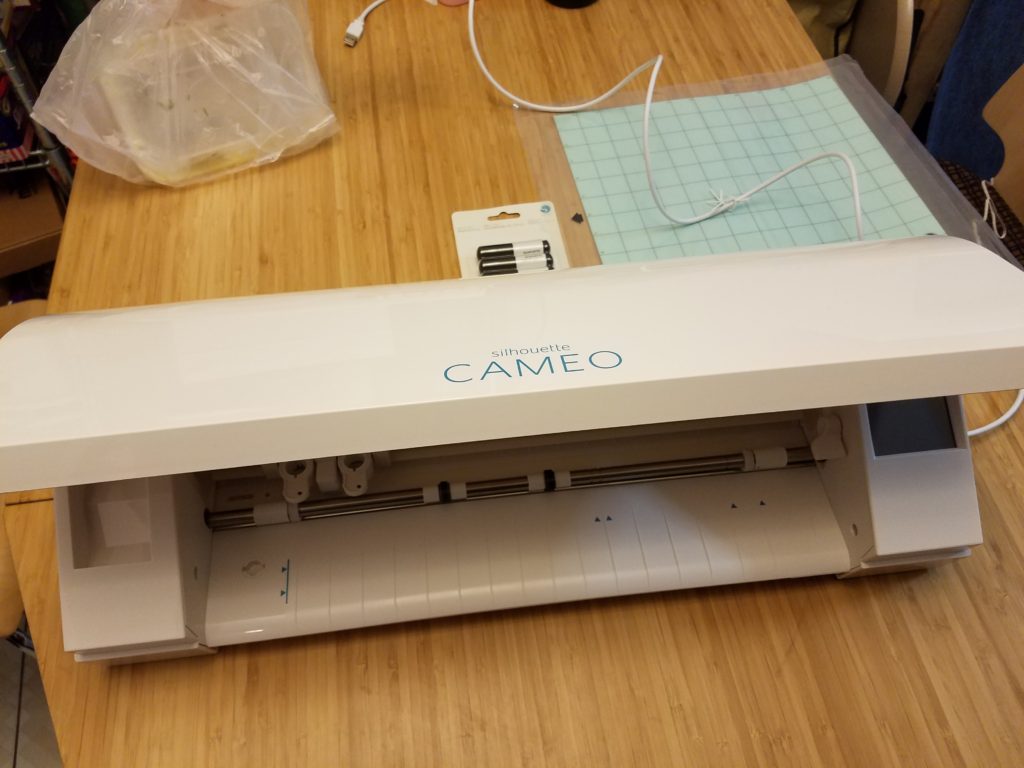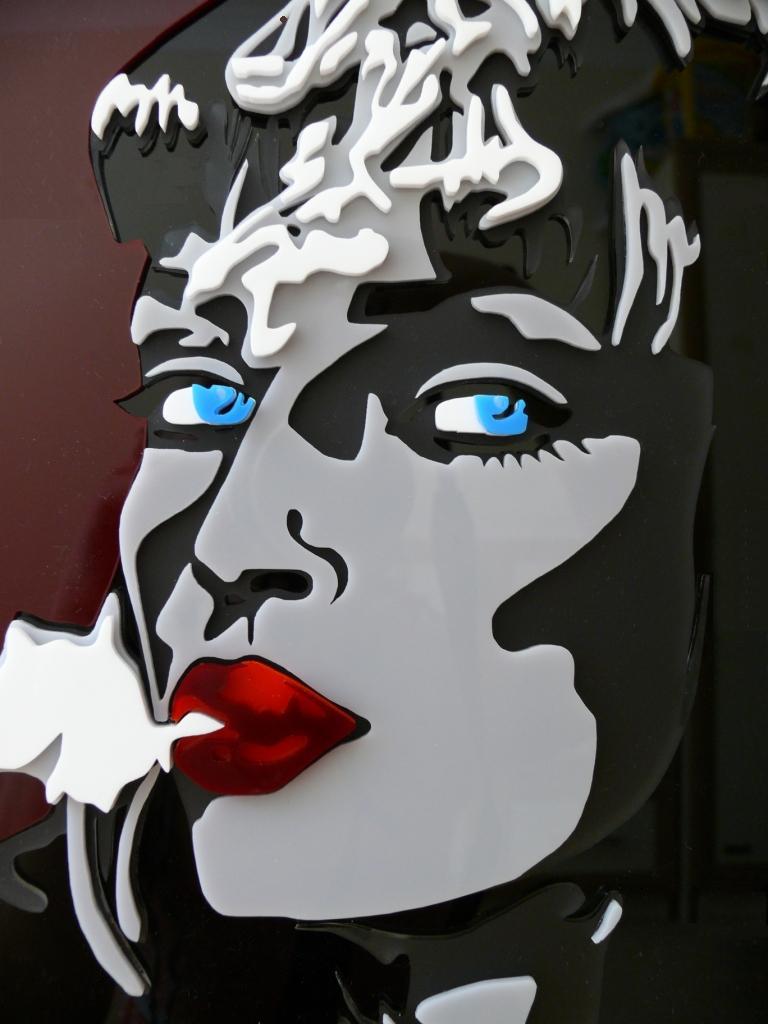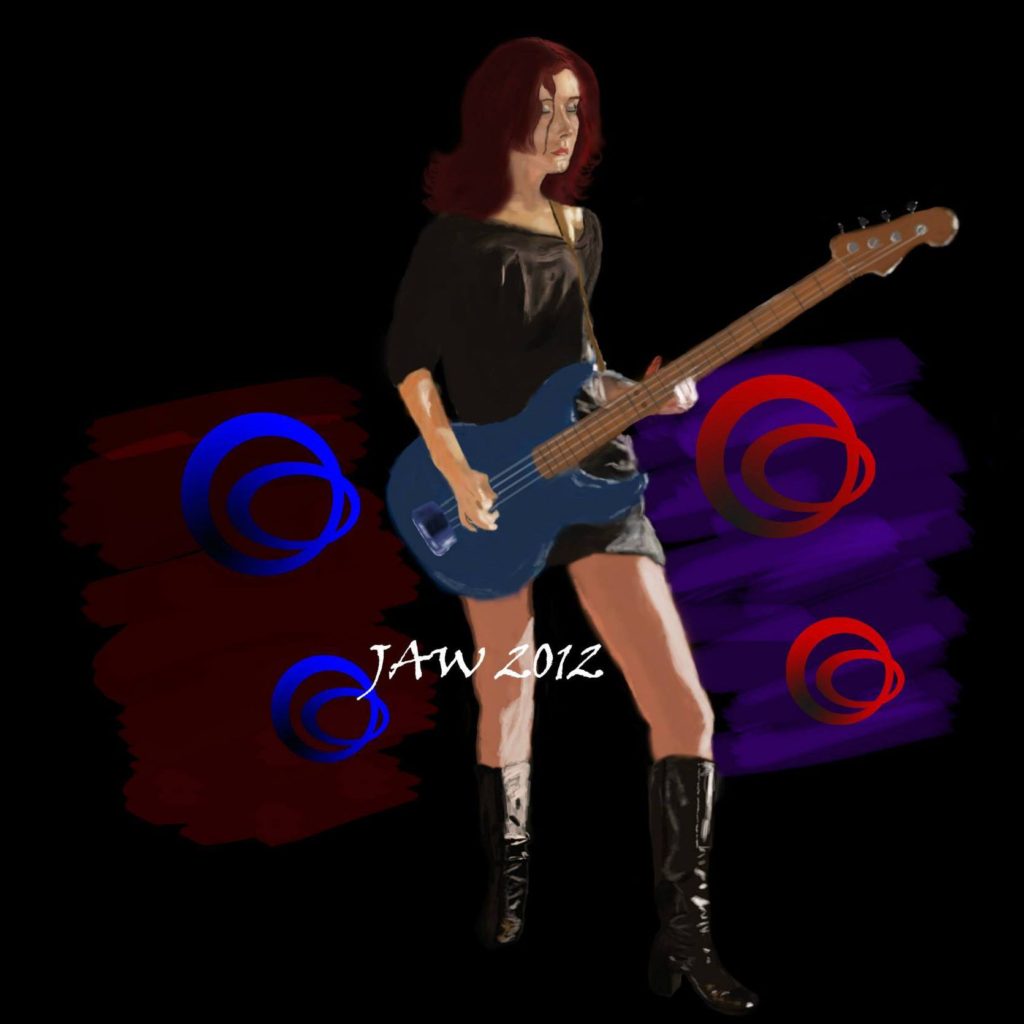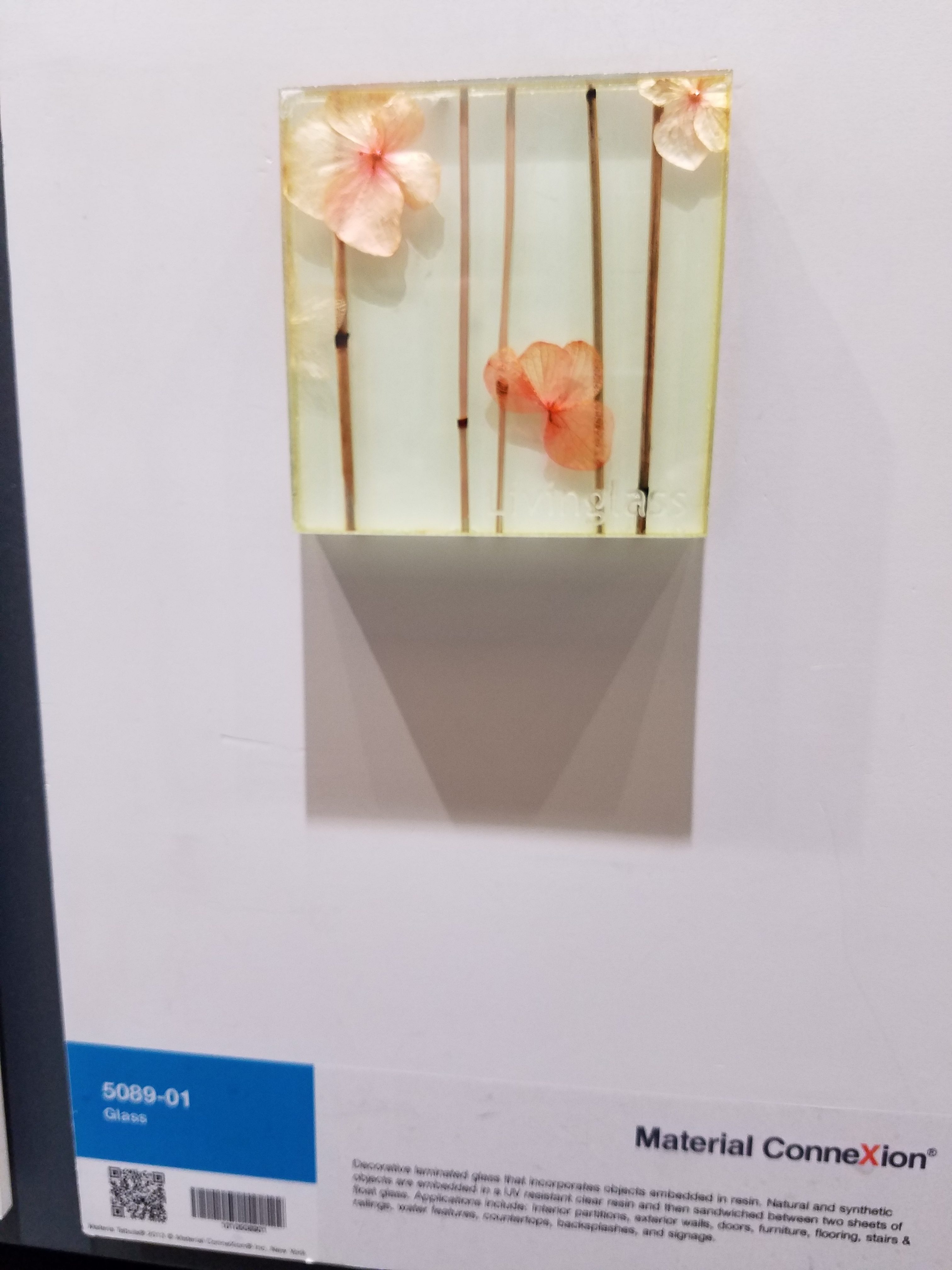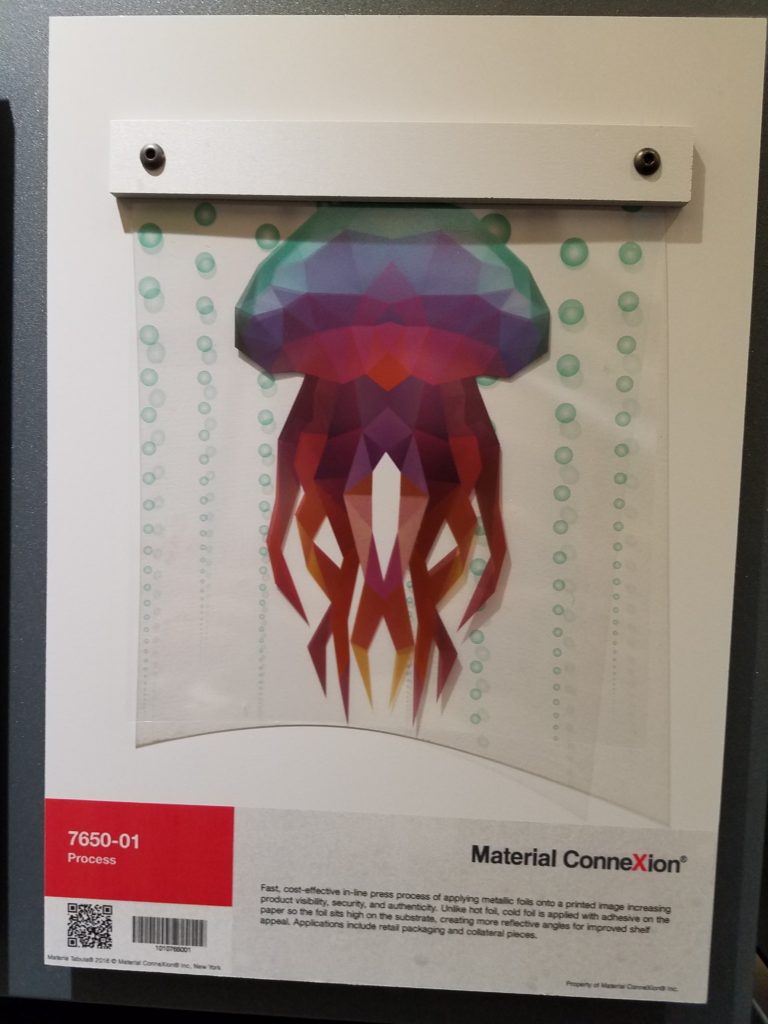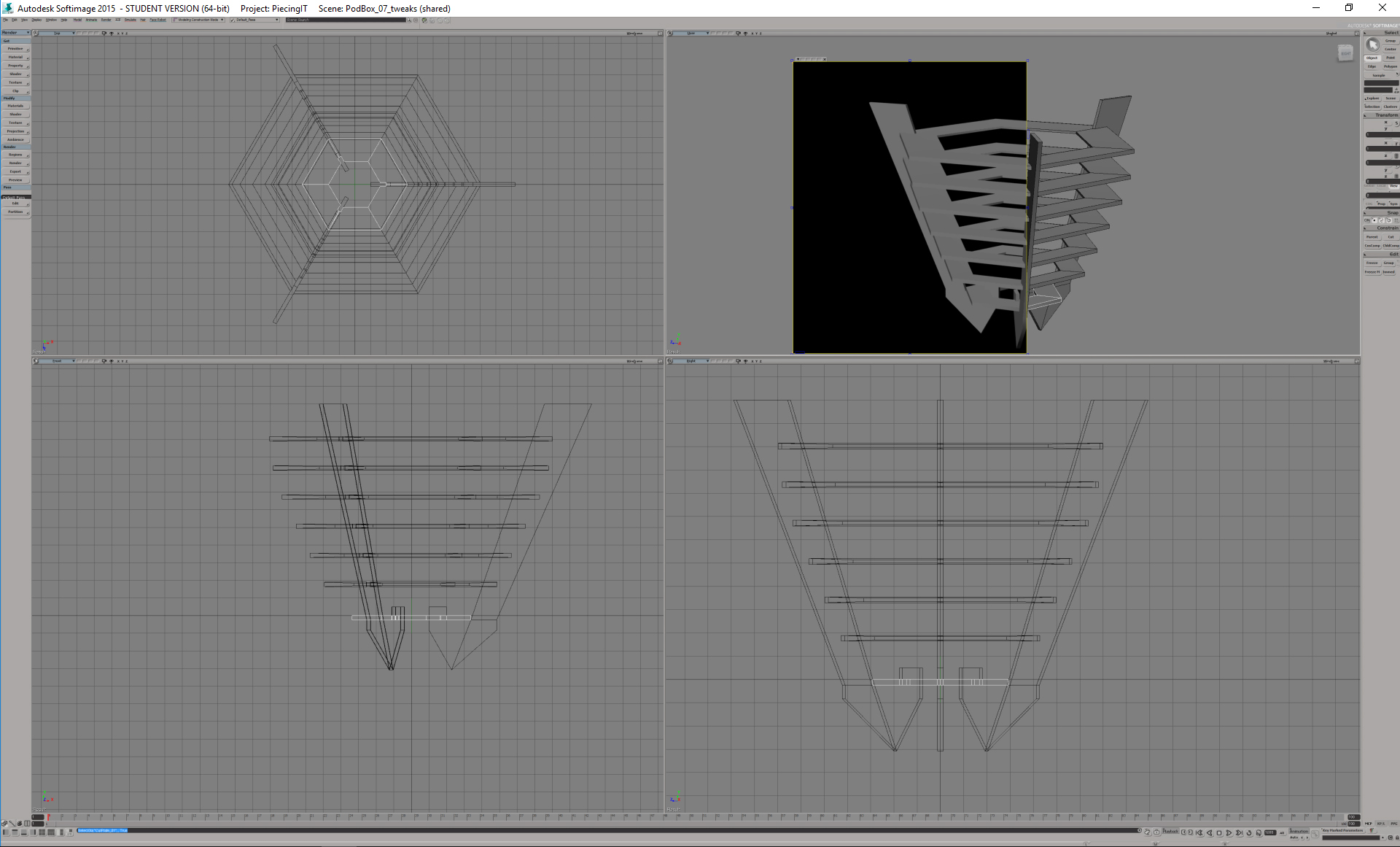Reading:
Surveillance and Capture – Two Models of Privacy & Beyond the Mirror World
These two articles of Agre’s approach the theme of privacy in different ways. The first, Surveillance and Capture approaches the topic in a very methodical and repetitive way. He brings up a interesting distinction between the two methods of “monitoring”. They are usually not the same and have different implications. The act of surveillance is proactive in a sense. It requires someone to watch or to react to being “watched” to be effective.
The capture method is passive in the sense that data is captured, and is essentially meaningless unless reacted upon. So if an employee keeps swiping in late, it doesn’t mean anything unless that data is being used to determine lateness. Agre made a good point about there needing to be some sort of model for the data being recorded. There has to be a correlation with the real world. Otherwise you are just looking at measurements and specific event triggers. Even when there is a real world correlation, it doesn’t prevent errors or obfuscation.
I think at one point in the article the author said that some combination of these two models would be an very effective tool, depending on the intentions of the watcher.
In his writing, Mirror World, he outlines what implication would a virtual world have on privacy. Or more so, what would the requirements be to copy one of more versions of our world into a digital form. Would we have the same privacy as we do in real life? Is that possible when a copy of your life is stored in the Mirror World.
Other things to consider if who will have access to this information? Even if your privacy is maintained, there’s no guarantee this information can’t be stolen from the Mirrow World in real life, or even digitally.
He also goes on to describe how the paradigms of computer science hasn’t changed much over the century. Yes we have faster processing and materials to make similar components like vacuum tubes and transistors. But I think his point is that working systems tend to evolve for better of worse. So it is important to try to use the tools as best as possible.
For example, databases paradigms are old, but there was a important in its history where it had to be established that we are recording the data of a type of person, rather than each individual. This way of thought ensures that the databases are viable and work efficiently.
